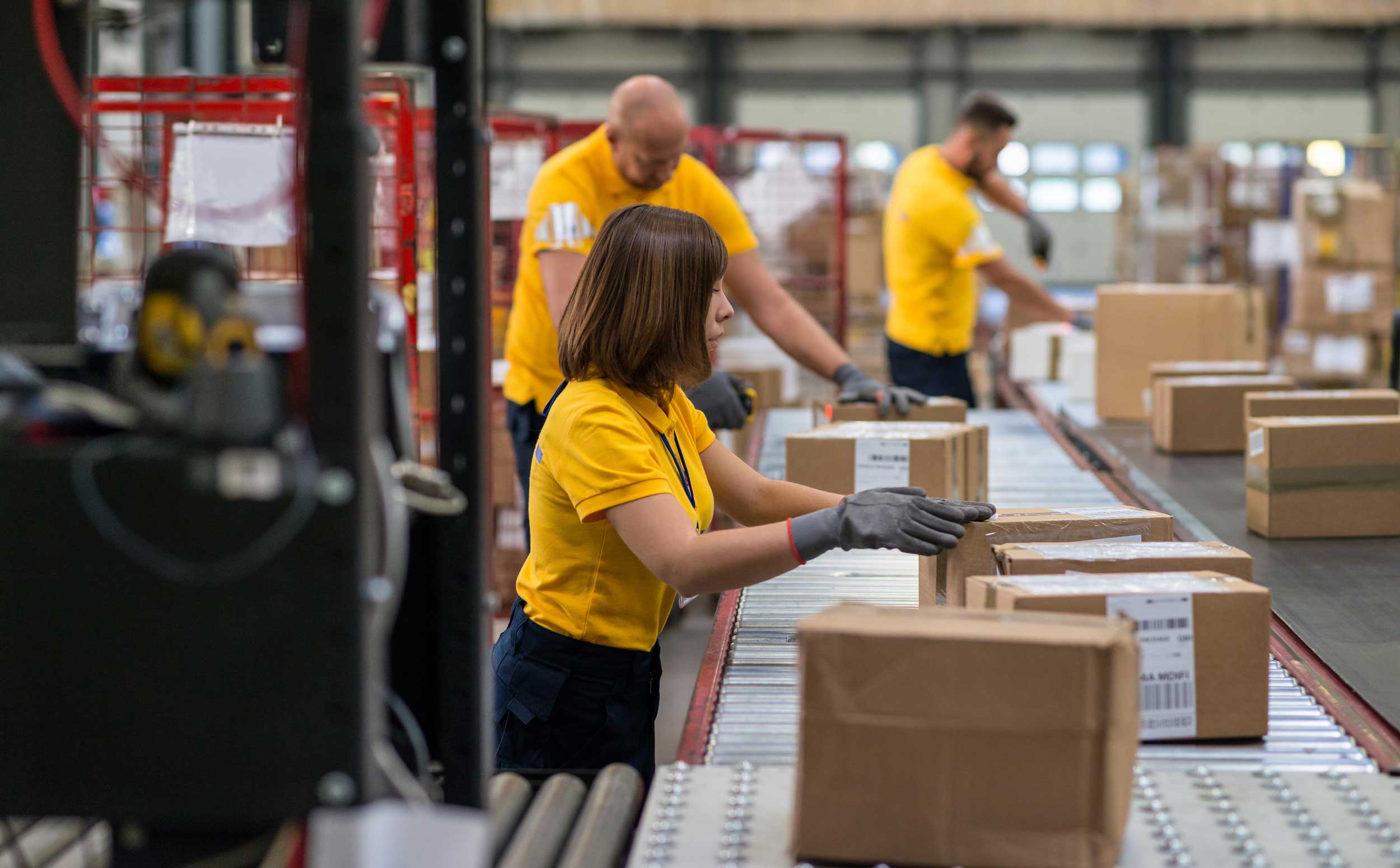Supply Chain Innovation

What is Supply Chain Innovation?
When most people think about innovation, they immediately think about creating new business models or designing new products. However, innovation is not just that. It is also the continuous improvement of your business operations and processes. Based on this, it is easy to assume that a supply chain innovation is superior to a simple supply chain management. Innovation in supply chain management are based on getting the best suppliers and materials. Instead, companies should try to work with suppliers to innovate in safer and better ways so that they can continue to develop and deliver services and products. Here will discuss their implementation, along with supply chain innovation examples.
Types of Innovators:
When you are looking to implement ab supply chain innovation in your company, it is important that you keep in mind that there are mainly 3 different types of innovators:
Fast Innovators:
These are the ones who are always looking to get their products on the market quickly. They are incredibly fast reacting to their competitors’ actions. In most cases, their supply chains are capable of sourcing materials, producing, and delivering products fast.
High-Quality Innovators:
These are the companies who prefer to spend a bit more time to ensure they only get the highest-quality products on the market. In this case, the supply chains have the main goal of minimizing failures.
Efficient Innovators:
These are the companies that look for new development, design, and fulfillment projects at the lowest possible price. With this supply chain innovations, they get the products developed less quickly but at lower prices. These are usually the supply chains that are used on products that have had a good response. In this case, the main goal of the supply chain is to minimize costs.

Why Should You Use Innovation in Supply Chain Management:
The truth is that most people tend to look at the supply chain and innovation like two different areas. However, the reality is that they do generate a continuous and significant interaction. Just think about it for a second. As soon as a product is designed, the supply chain will look for the source materials so it can manufacture the product and, ultimately, get the product in the market.
As you also know, products have their own life cycles. So, it is important that your supply chain is flexible enough to react to changing needs. And this is where innovation comes into place.
Overall, there are 5 main aspects of the supply chain that can be innovated:
1. Design For Assembly:
This refers to designing a product that minimizes the ease of the assembly process such as minimizing the number of components or parts.
2. Design For Manufacture:
This refers to making the product easy to produce which ultimately decreases the manufacturing costs. A good supply chain mapping tool should be used for better results.
3. Design For Product Serviceability:
This refers to designing a product for ease of assembly, disassembly, and component reuse. These products tend to be easier to repair.
4. Design For Environment:
The main idea is to create less impact on the environment. This goal can be met by recycling waste along the way or by using less packaging, for example.
5. Design For Six Sigma:
This refers to designing a product to eliminate failures, reduce costs, and improve consistency.
Top 5 Supply Chain Innovation Examples:
1. Bringing AI To The Warehouse:
Honeywell Intelligrated established a partnership with the Carnegie Mellon University’s National Robotics Engineering Center to improve both robotics and artificial intelligence. The main goal is to automate different warehousing tasks such as picking packets and unloading shipping containers. You will learn to design an innovative supply chains during the logistics certification and supply chain management degree programs, offered by AIMS.
2. Saving Time And Money At Port Everglades:
The U.S. Customs and Border Protection (CBP) implemented a new process that allows shippers to submit the vehicles’ documentation electronically instead of delivering them physically. This allows a huge save of both money and time. This innovation is currently being tested at Port Everglades in Florida.
3. Improving The Efficiency Of Delivery Companies In Cities:
We all know how hard it is for delivery companies to work in a city where there is a lack of parking lots. So, UPS implemented their eBike electric bike program in Portland, Oregon as well as in Pittsburgh. Besides improving their efficiency, they are also reducing harmful emissions.
4. Moving Transports Inside Plants:
BMW traditionally has large factories. This makes hard for employees who need to move from one place to the other. So, they developed a Personal Mover solution. This allows each employee to be able to move faster and without getting tired.
5. Reducing Emissions In China:
Walmart decided to help reduce emissions in China by 50 million tons. In order to meet this goal, the company will enroll with 100 of their top suppliers into their program called Project Gigaton.

